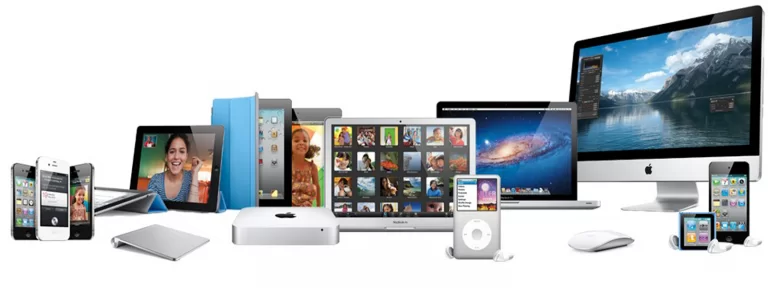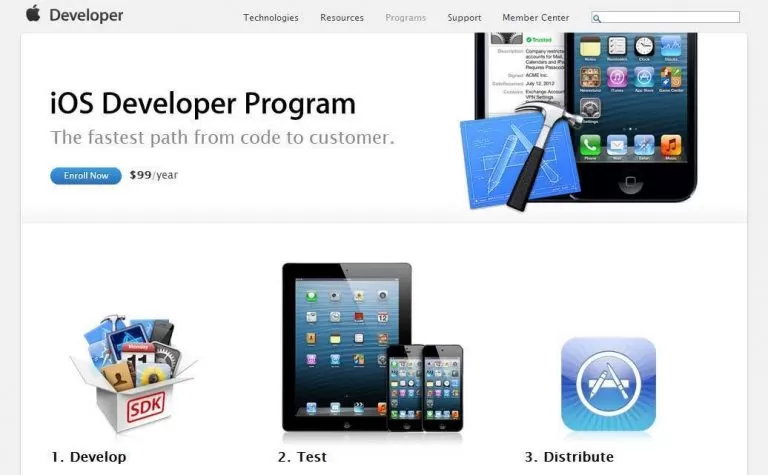Everyone is familiar with Apple’s products since these are the symbols of prestige. But those who are not into programming have no clue of what runs in the background. Others have a slight idea that it is the iOS that has made Apple successful, and there are those who actually perform programming in this language.
iOS basically is a Closed source operating system which was formerly known as iPhone OS, since it was initially created by Apple Inc. to develop a mobile OS only, back in the 2007. Later it was also used to develop iPod Touch (post September 2007) as well as iPad (post January 2010). It is being written in C, C++, Objective-C, and Swift. The iOS user interface supports direct manipulations such as multi-touch gestures, swipe, pinch, tap, long tap, reverse pinch, etc. It has interface control elements such as switches, buttons, and sliders. It also has accessibility features that support those users who have vision and hearing disabilities.
Understanding iOS programming, like any other programming, is no cakewalk. Although, it would be easier for those who are well versed with programming languages like C and C++. For beginners, it is must that they understand the basic requirements before they jump into detail-oriented hard-core programming methods. So, below is the step by step guide to start iOS programming if you are new to this:
1. Buy a Mac – It is the first and foremost requirement to be an iOS developer. Without Mac you won’t be able to write codes. Yes, you will require Mac that has Intel-based processor that runs on Mac OS X. In case you have a limited budget, you may also go for a cheaper option like Mac Mini, whose basic model comes with 2.3 GHz Intel Core i5 processor and a 4 GB memory space. One can pair it with his/her desktop computer if they find it easier to write codes on their own PC.

There are some application softwares like Apple Remote Desktop and TeamViewer that allow a user connect any of his/her desktop computer to the Mac notebook or any other iOS device. These applications allow the users to use their devices anywhere they want, whether it is about sitting next to the Mac notebook, or any other part of the world, where Mac isn’t nearby.
There are also options of Screen Sharing (Apple icon on menu bar > System Preferences window > click Sharing icon > Screen Sharing checkbox) and iCloud icon, but that would be helpful only if you have Apple devices to connect with each other.
2. Register your account – Registering an Apple developer account is free of cost. This enables downloading the Xcode, iOS SDK documentation, and other related technical resources. The registration procedure is easy and follows the steps as any other account registration, in general would follow.
3. Install Xcode – It is necessary to install the Xcode before you start developing iPhone and iPad apps. Xcode is nothing but an IDE (Integrated Development Environment) by Apple. It has everything that a programmer requires while writing the codes – GUI (Graphical User Interface) editor, the latest version of iOS SDK (Software Development Kit), debugging tools, built-in source code editor, and much more. Xcode also contains iPhone or iPad simulator that helps the programmer test his/her built software application(s) without the need of physical devices.
One needs to first launch the Mac App Store in his/her Mac notebook. If he/she is using the latest Mac OS version then the Mac App Store should be getting opened from the icon itself situated at the dock. You may also need to upgrade your Mac OS if you can’t open it with these steps of instructions.

4. Enroll yourself into iOS developer program – This step is optional. The simulator won’t be able to help you in case you require to actually test your built application on a physical device. This means that you won’t be able to submit your app in App Store, which could be commercially used by the mainstream public, if successfully launched, approved and sold.
For instance, you won’t be able to use camera or video capture feature of iPhone or iPad through using a simulator. So, if you make an application that uses these features then it would be necessary to test your app in real-time on a literal device, which is possible only if you enroll yourself into an iOS developer program. This requires yearly payment (as an individual or a team of developers) and therefore, unless you come up with a solid work, and are confident after having much practice in the field of programming, you must opt out of this.








